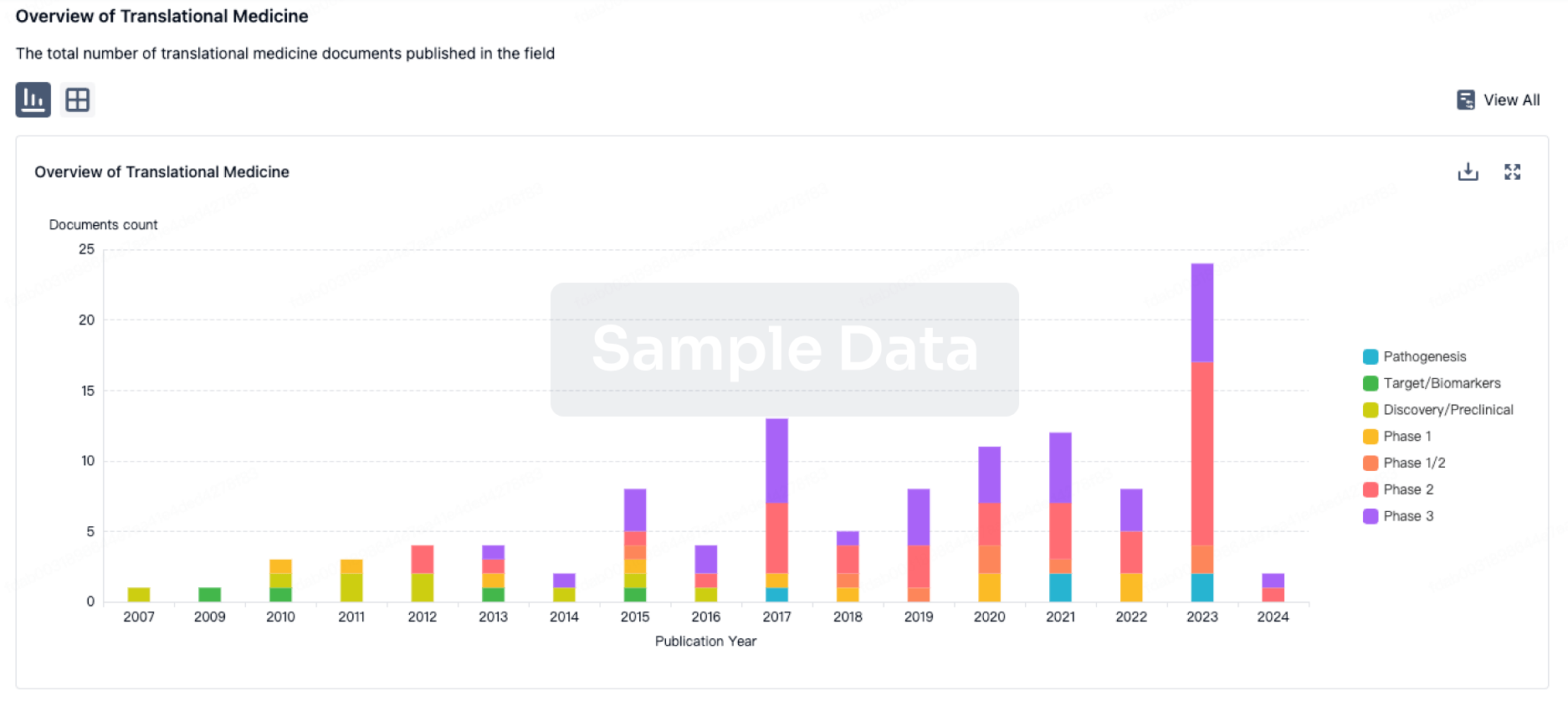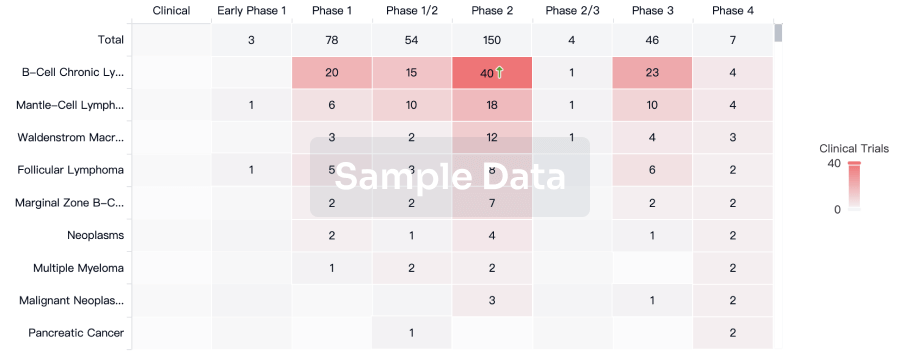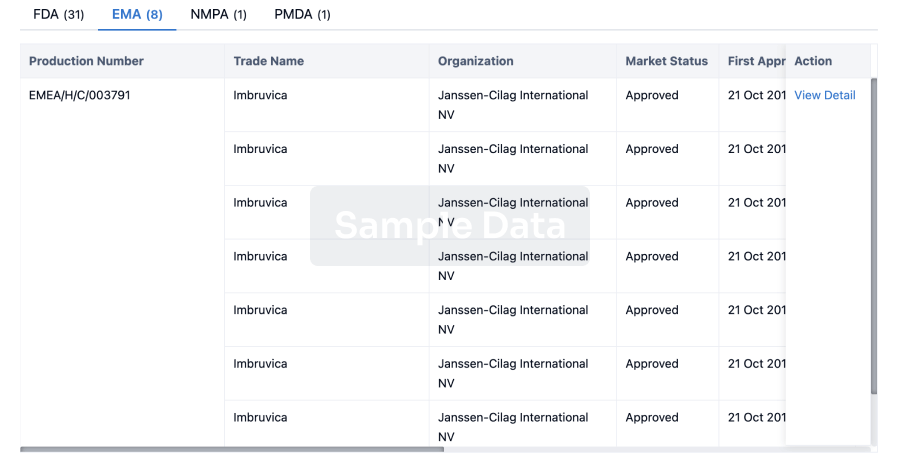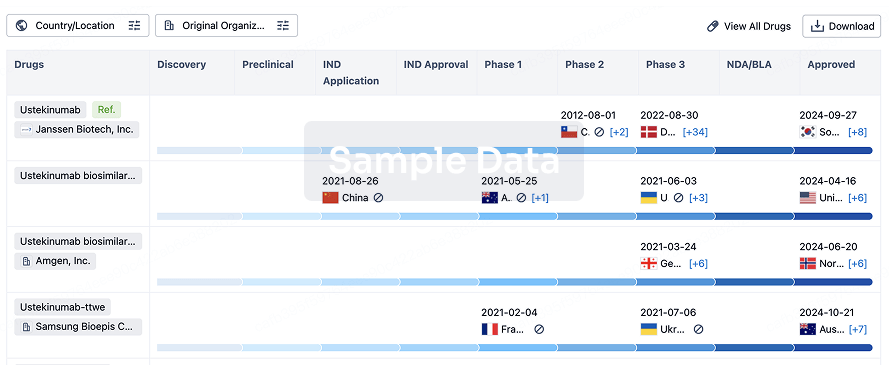FRAMINGHAM, Mass.--(BUSINESS WIRE)--Alzheon, Inc., a clinical-stage biopharmaceutical company developing a broad portfolio of investigational therapies and diagnostic assays for patients with Alzheimer’s disease (AD) and other neurodegenerative disorders, today announced the peer-reviewed publication: “Hippocampal Atrophy on Magnetic Resonance Imaging as a Surrogate Marker for Clinical Benefit and Neurodegeneration in Early Symptomatic Alzheimer’s Disease: Synthesis of Evidence from Observational and Interventional Trials”, in the scientific journal CNS Drugs. The full text is available online at: https://link.springer.com/article/10.1007/s40263-025-01251-y
The AD field urgently needs to improve treatments, and surrogate biomarkers are essential for accelerating drug development. This review, co-authored by Alzheon’s scientists and leading AD neuroimaging researchers and clinicians, analyzes clinical evidence for using hippocampal volume as a surrogate marker.
The results show that shrinkage of the hippocampus is closely linked to memory decline and disease progression, and that the hippocampus of Early Alzheimer's patients responds sensitively to disease-modifying therapies. Therefore, hippocampal volume (HV) may be a reliable and measurable surrogate used to assess clinical benefits in Early Alzheimer’s disease.
Key Findings
Predictive biomarker: HV atrophy closely tracks cognitive decline in both observational and interventional data, making HV a reliable and sensitive marker of disease progression.
Therapeutic sensitivity: Multiple clinical studies, including those evaluating lecanemab, donanemab, and valiltramiprosate/ALZ-801, have shown that interventions slowing cognitive decline are also associated with reduced hippocampal atrophy. These findings highlight the responsiveness of hippocampal volume to therapeutic intervention.
Clinical relevance: The analysis established a hippocampal volume preservation threshold of ≥40 mm³ that correlates with significant cognitive improvement at the Mild Cognitive Impairment (MCI) stage, underscoring hippocampal volume as a potential regulatory endpoint for early Alzheimer’s disease.
“Developing reliable non-invasive imaging-based surrogate markers is essential to accelerate Alzheimer’s drug development,” said Murali Doraiswamy, MBBS, FRCP, Professor of Psychiatry and Medicine at Duke University* and an expert in Alzheimer’s imaging & biomarkers. “Hippocampal atrophy, a structural hallmark of neuronal losses and neurodegeneration in AD, reflects the neurodegenerative process more directly than amyloid plaque deposition or clearance. It could serve as a predictive regulatory endpoint for evaluating new therapies in early symptomatic AD targeting multiple pathways beyond amyloid.”
Clinical trials involving about 10,000 participants tested anti-amyloid and anti-oligomer treatments, finding that reduced hippocampal atrophy was accompanied by slower cognitive decline over 18–24 months. Specifically, valiltramiprosate trials showed notable links between preserving hippocampal volume and better cognitive results for individual patients (r = –0.40 to –0.44, p <0.005), as well as consistency between hippocampal volume and microstructural integrity on diffusion tensor imaging scans. The research also identified that protecting 40 mm³ of hippocampal tissue was the minimum amount needed to see meaningful cognitive benefits in people with mild cognitive impairment (MCI).
“The hippocampus is among the first regions of the brain affected by Alzheimer’s disease. Our findings indicate that preservation of hippocampal volume, reflecting reduced atrophy, is directly associated with clinical improvement as determined by established cognitive assessment measures,” said Susan Abushakra MD, Chief Medical Officer of Alzheon and the study’s lead author. “By confirming this association across both observational studies and randomized controlled trials—including data from valiltramiprosate/ ALZ-801 demonstrating microstructural integrity supporting hippocampal protection—we present strong evidence that hippocampal volume may serve as a surrogate marker for neuroprotection, clinical efficacy, and disease modification in early-stage Alzheimer’s disease."
These results reinforce the consideration of hippocampal volume as an early, robust, sensitive, and clinically significant indicator of neurodegeneration, underscoring its prospective utility in forthcoming Alzheimer's disease clinical trials. The hippocampus is essential for memory function, so its preservation provides a demonstrable measure of neuroprotection.
"Our analyses highlight the role of hippocampal volume as an important intermediary linking biomarker changes to clinically meaningful benefits," stated John Hey, Ph.D., Chief Scientific Officer at Alzheon. "Hippocampal atrophy is a key marker within the ‘N’ neurodegeneration category of the A/T/N classification, reflecting neuronal loss and the structural decline characteristic of Alzheimer's disease. Consequently, mitigating brain atrophy is among the most significant indicators of disease modification in Alzheimer's disease. These results further substantiate our clinical findings in two valiltramiprosate studies involving APOE4 homozygotes and carriers, where retention of hippocampal integrity was strongly associated with reduced cognitive decline."
* Dr. Doraiswamy is an advisor to Alzheon, Inc. and a minor shareholder. He also serves as an advisor to several other businesses, government agencies and advocacy groups.
About ALZ-801
Valiltramiprosate/ALZ-801 is an investigational oral agent currently in Phase 3 development as a potential first-in-class, disease-modifying treatment for Alzheimer’s disease.3-7,9,12 Valiltramiprosate is designed to inhibit the formation of neurotoxic soluble beta amyloid oligomers that contribute to cognitive decline in individuals with AD.3-7,9,14 Preclinical mechanism-of-action studies have demonstrated that ALZ-801 can completely block the formation of these neurotoxic oligomers at the dosage used in Phase 3 clinical trials.3,9,12,14 Valiltramiprosate employs an enveloping molecular mechanism of action intended to prevent the aggregation of soluble amyloid oligomers in the human brain, 14 which are associated with the onset and progression of cognitive impairment in AD patients.3,4,7,9,10 In recognition of its therapeutic promise, valiltramiprosate received Fast Track designation from the U.S. Food and Drug Administration in 2017 for the treatment of Alzheimer’s disease.
Clinical trial data indicate that valiltramiprosate exhibits strong clinical efficacy at the MCI stage, and a favorable safety profile, with no observed increase in the risk of brain vasogenic edema.5-10,13,15 The initial Phase 3 program for valiltramiprosate targets Early AD patients who are homozygous for the apolipoprotein ε4 allele (APOE4/4), with plans to expand future research to include AD treatment and prevention in individuals carrying one copy of the APOE4 gene.3–10
Valiltramiprosate APOLLOE4 Phase 3 Trial
An Efficacy and Safety Study of Valiltramiprosate in APOE4/4 Early Alzheimer's Disease Subjects (NCT04770220): This trial was designed to evaluate the efficacy, safety, biomarker and imaging effects of 265 mg twice daily oral dose of valiltramiprosate in Early AD subjects with two copies of the apolipoprotein ε4 allele (APOE4/4 homozygotes), who constitute approximately 15% of Alzheimer's patients. This double-blind, randomized trial compared oral valiltramiprosate to placebo treatment over 78 weeks. The APOLLOE4 trial was supported by a grant from the National Institute on Aging to Alzheon, with Susan Abushakra as the principal investigator.
Valiltramiprosate APOLLOE4 Long Term Extension Trial (Phase 3 LTE)
An ongoing long-term extension of the trial, APOLLOE4-LTE, evaluates valiltramiprosate in subjects who complete the core APOLLOE4 study for an additional 104 weeks of treatment for a total of 182 weeks, or 3.5 years, over the core and LTE study. This LTE study is currently ongoing in the US, UK, and Canada (NCT06304883).
Valiltramiprosate Phase 2 Biomarker Trial
Biomarker Effects of Valiltramiprosate in APOE4 Carriers with Early Alzheimer's Disease (NCT04693520): This trial was designed to evaluate the effects of 265 mg twice daily oral dose of valiltramiprosate on biomarkers of AD pathology in subjects with Early AD, who have either the APOE4/4 or APOE3/4 genotype and constitute 65-70% of Alzheimer's patients. The primary outcome was the change from baseline in plasma p-tau181. The trial also included evaluation of clinical efficacy, safety, tolerability, and pharmacokinetic profile of valiltramiprosate over 104 weeks of treatment. A completed long-term extension of the trial evaluated the same dose of valiltramiprosate for an additional 104 weeks of treatment for a total of 208 weeks.2,6,7
About Alzheon
Alzheon, Inc. is a clinical-stage biopharmaceutical company dedicated to advancing a diverse portfolio of product candidates and diagnostic assays for individuals affected by Alzheimer’s disease and other neurodegenerative disorders. The company is focused on innovating therapeutic solutions that directly target the underlying pathology of neurodegeneration. Its lead Alzheimer's clinical candidate, valiltramiprosate/ALZ-801, is a first-in-class oral agent currently in Phase 3 clinical development as a potentially disease-modifying treatment for Alzheimer’s disease. Valiltramiprosate is an orally administered small molecule shown in preclinical studies to completely inhibit the formation of neurotoxic soluble amyloid oligomers. Leveraging clinical expertise and a robust technology platform, Alzheon pursues drug discovery and development using a precision medicine approach that incorporates individual genetic and biomarker profiles, aiming to advance therapies with meaningful benefits for patients.
Alzheon Scientific Publications
1Abushakra S, et al: Hippocampal Atrophy on Magnetic Resonance Imaging as a Surrogate Marker for Clinical Benefit and Neurodegeneration in Early Symptomatic Alzheimer’s Disease: Synthesis of Evidence from Observational and Interventional Trials, Drugs 2025.
2Abushakra S, et al: Clinical Efficacy, Safety and Imaging Effects of Oral Valiltramiprosate in APOEε4/ε4 Homozygotes with Early Alzheimer’s Disease: Results of the Phase III, Randomized, Double-Blind, Placebo-Controlled, 78-Week APOLLOE4 Trial, Drugs 2025; 85, 1455-1472.
3Pearson D, et al: Polymorph Analysis of ALZ-801 (Valiltramiprosate), a Valine-Conjugated Oral Prodrug of Tramiprosate in Late-Stage Clinical Development for Alzheimer’s Disease, Journal of Chemical Crystallography 2025; 55, 206-215.
4Hey JA, et al: Clinical Pharmacokinetics of Oral ALZ-801/Valiltramiprosate in a Two-Year Phase 2 Trial of APOE4 Carriers with Early Alzheimer’s Disease, Clinical Pharmacokinetics 2025; 64, 407-424.
5Aye S, et al: Point of View: Challenges in Implementation of New Immunotherapies for Alzheimer's Disease, The Journal of Prevention of Alzheimer’s Disease 2025;12(1):100022.
6Abushakra S, et al: APOLLOE4 Phase 3 Study of Oral ALZ-801/Valiltramiprosate in APOE ε4/ε4 Homozygotes with Early Alzheimer’s Disease: Trial Design and Baseline Characteristics Alzheimer’s & Dementia 2024; 10(3): e12498.
7Tolar M, et al: The Single Toxin Origin of Alzheimer’s Disease and Other Neurodegenerative Disorders Enables Targeted Approach to Treatment and Prevention, International Journal of Molecular Sciences 2024; 25(5), 2727.
8Hey JA, et al: Analysis of Cerebrospinal Fluid, Plasma β Amyloid Biomarkers, and Cognition from a 2-Year Phase 2 Trial Evaluating Oral ALZ-801/Valiltramiprosate in APOE4 Carriers with Early Alzheimer’s Disease Using Quantitative Systems Pharmacology Model, Drugs 2024; 84(7), 825-839.
9Hey JA, et al: Effects of Oral ALZ-801/Valiltramiprosate on Plasma Biomarkers, Brain Hippocampal Volume, and Cognition: Results of 2-Year Single Arm, Open Label, Phase 2 Trial in APOE4 Carriers with Early Alzheimer’s Disease, Drugs 2024; 84(7), 811-823.
10Tolar M, et al: Neurotoxic Soluble Amyloid Oligomers Drive Alzheimer’s Pathogenesis and Represent a Clinically Validated Target for Slowing Disease Progression, International Journal of Molecular Sciences 2021; 22(12), 6355.
11Abushakra S, et al: APOE ε4/ε4 Homozygotes with Early Alzheimer’s Disease Show Accelerated Hippocampal Atrophy and Cortical Thinning that Correlates with Cognitive Decline, Alzheimer’s & Dementia 2020; 6(1): e12117.
12Tolar M, et al: Aducanumab, Gantenerumab, BAN2401, and ALZ-801—the First Wave of Amyloid-Targeting Drugs for Alzheimer’s Disease with Potential for Near Term Approval, Alzheimer’s Research & Therapy 2020; 12(1): 95.
13Tolar M, et al: The Path Forward in Alzheimer’s Disease Therapeutics: Reevaluating the Amyloid Cascade Hypothesis, Alzheimer’s & Dementia 2020; 16(11):1553-1560.
14Hey JA, et al: Discovery and Identification of an Endogenous Metabolite of Tramiprosate and Its Prodrug ALZ-801 that Inhibits Beta Amyloid Oligomer Formation in the Human Brain, CNS Drugs 2018; 32(9): 849-861.
15Hey JA, et al: Clinical Pharmacokinetics and Safety of ALZ-801, a Novel Prodrug of Tramiprosate in Development for the Treatment of Alzheimer’s Disease, Clinical Pharmacokinetics 2018; 57(3): 315-333.
16Abushakra S, et al: Clinical Effects of Tramiprosate in APOE4/4 Homozygous Patients with Mild Alzheimer’s Disease Suggest Disease Modification Potential, Journal of Prevention of Alzheimer’s Disease 2017; 4(3): 149-156.
17Kocis P, et al: Elucidating the Aβ42 Anti-Aggregation Mechanism of Action of Tramiprosate in Alzheimer’s Disease: Integrating Molecular Analytical Methods, Pharmacokinetic and Clinical Data, CNS Drugs 2017; 31(6): 495-509.
18Abushakra S, et al: Clinical Benefits of Tramiprosate in Alzheimer’s Disease Are Associated with Higher Number of APOE4 Alleles: The “APOE4 Gene-Dose Effect,” Journal of Prevention of Alzheimer’s Disease 2016; 3(4): 219-228.











